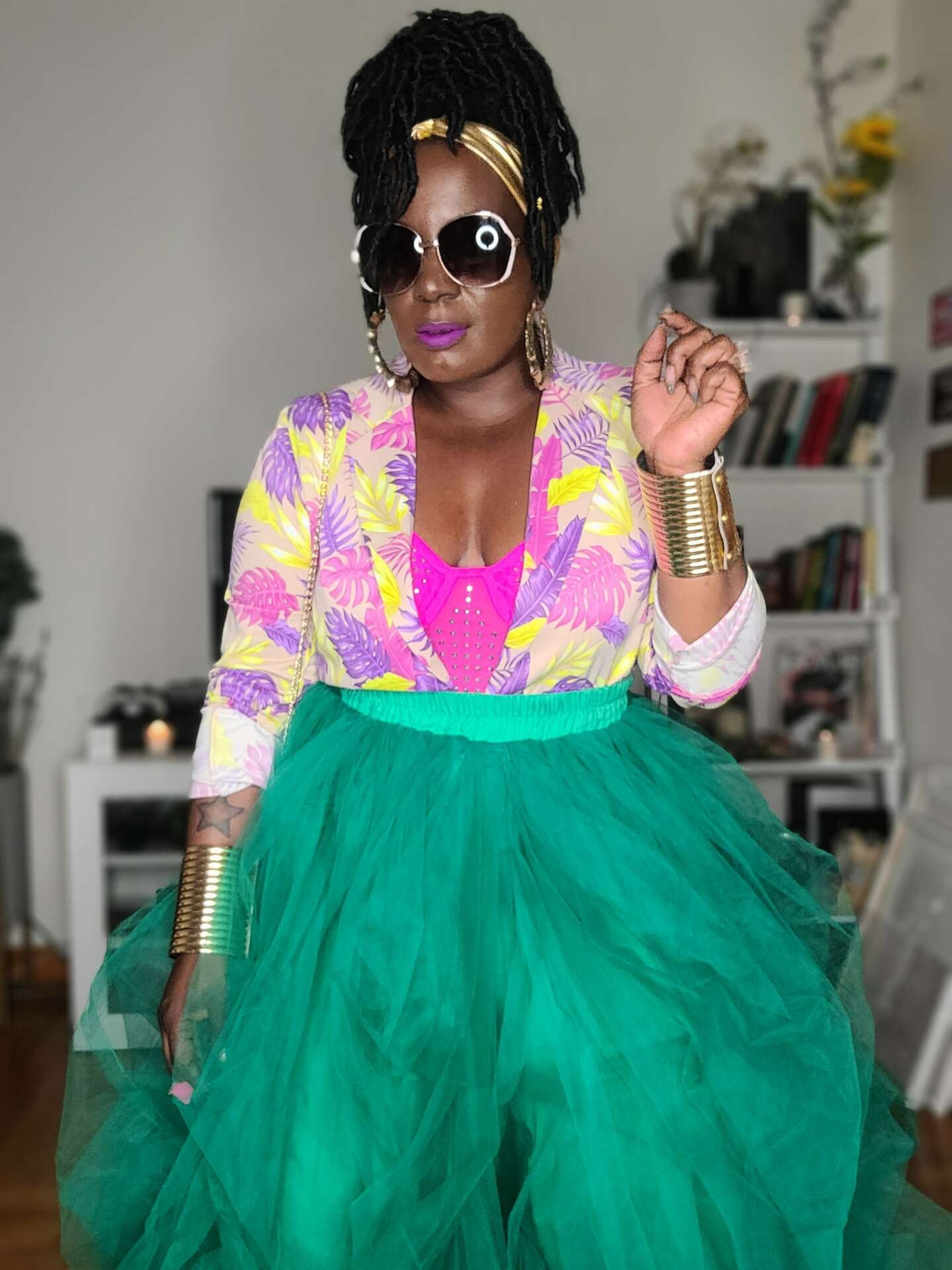We recently connected with Tiffiney Davis and have shared our conversation below.
Tiffiney , appreciate you joining us today. When did you first know you wanted to pursue a creative/artistic path professionally?
My early professional years had nothing to do with the arts, and my personal history of growing up in public housing and shelters, might not have hinted at the arts leader and executive I would become later in life. But my two children were among the first students at the Red Hook Art Project (RHAP) and I saw their growth via the arts and the empowerment and confidence that they experienced once they found their creative voices, I knew that I wanted to be involved in using the arts to uplift all of the people in my community in the same way.
As my children experienced academic and personal successes through the RHAP program, I became more involved with the programming. First as a parent, then as the parent coordinator volunteer, and then I became a paid member of the staff serving as managing director before being named RHAP’s executive director. I know that my leadership position in a major arts organization in Brooklyn is an important one for many reasons. The children of color in our program get to see a leader who looks like them, a creative person who looks like them. And because I come from a background similar to the students that we work, I am aware of the specific challenges of accessing this type of important arts programming. In that way my role can serve as a bridge between opportunity and success for the children and their families. As a Black, female non-profit leader I am able to bring awareness to situations and challenges that people are often protected from. My goal is to be a better community leader and the path that has helped me become that leader to that is the arts.
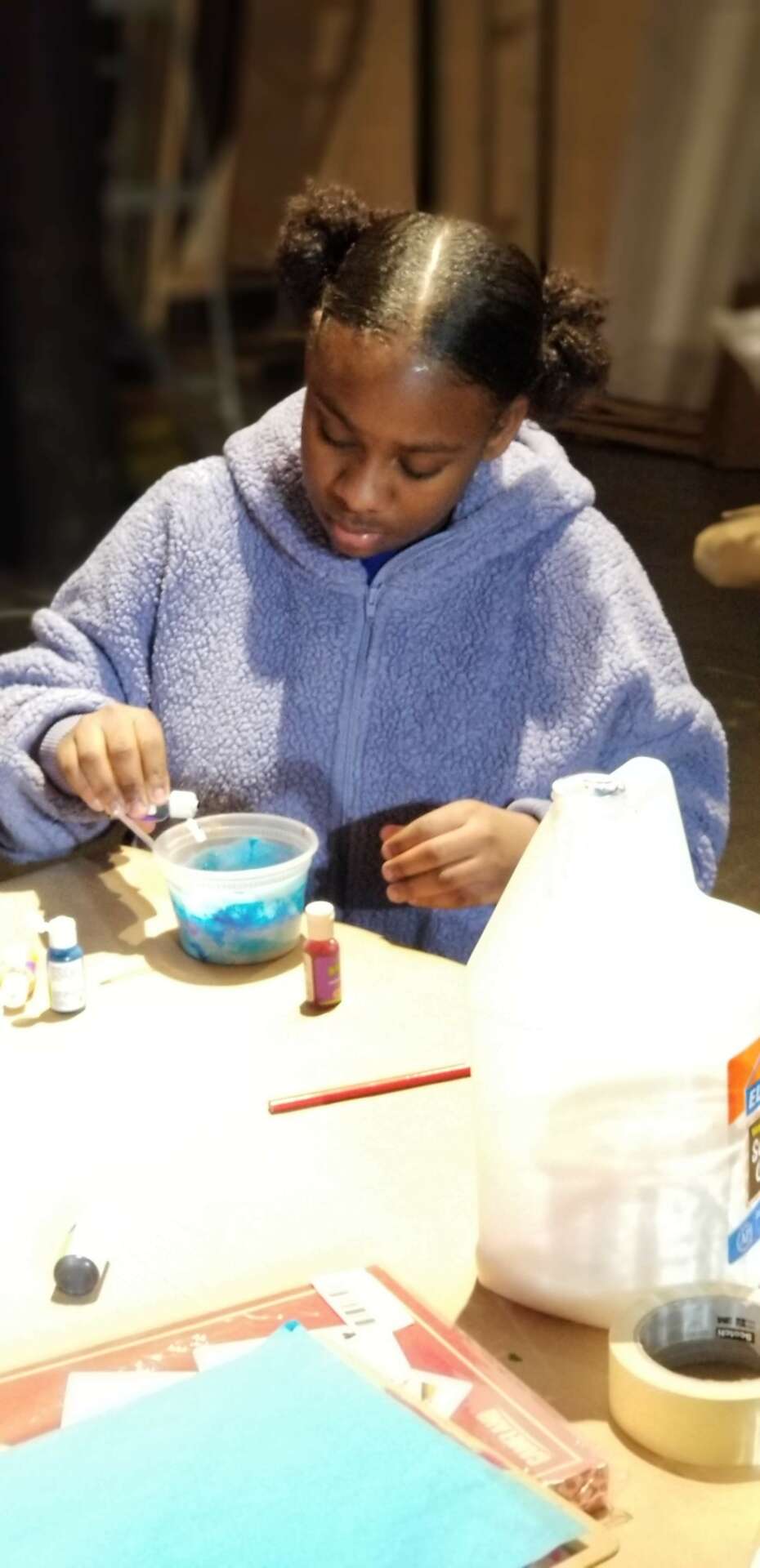

Awesome – so before we get into the rest of our questions, can you briefly introduce yourself to our readers.
Founded in 2009, Red Hook Art Project (RHAP) is a non-profit organization that provides free visual art, music, academic and stress management instruction to children and youth between the ages of 7 and 18 who live in and around Red Hook, Brooklyn. The mission of RHAP is rooted in the conviction that creative self-expression is a transformative experience that enriches individuals and communities. We work to provide a space where youth feel safe and supported as they develop their voices through artistic projects and activities.
The primary target population and community to be served are youth aged 7-18 and their families who live in Red Hook. We primarily serve Red Hook’s NYCHA community, which is Brooklyn Census Tract 85. Based on the 2020 Census, 25% of the tract’s residents are minors, 100% of which live below poverty level. Median household income is $15,334, where in the adjacent census tract, the median household income is $106,250. 95% of our students are Black, Latinx, or Indigenous.
Since the COVID-19 pandemic, RHAP expanded its efforts to meet the sudden compounded needs of the Red Hook children, families, and community at large. Students in our program participated in RHAP’s mutual aid effort to address food insecurity in our community. The program resulted in the distribution of over $350,000 of in kind food donations. RHAP students helped distribute hot meals, PPE, diapers, and other necessities. After months of responding to the changing needs of the community, it became clear that RHAP is much more than an arts organization. Through years of trust-building and partnership, RHAP has become integral to the fiber of the neighborhood, serving as a creative and mutual aid community hub.
RHAP’s portfolio prep program for middle school and high school students has resulted in annual acceptances from colleges including SUNY Oneonta, the Fashion Institute of Technology, and Kingsborough College for students to study fine art and illustration. Our middle school students have received acceptances at prestigious New York City high schools with special programs in the arts, including Fiorello LaGuardia High School of the Arts, the High School of Art and Design, and the Edward R. Murrow High School.
Recent community partnerships include a collaboration with ArtBridge and the NYC Department of Cultural affairs that resulted in the first NYCHA public art project at the Red Hook Houses. RHAP students worked with ArtBridge to turn temporary construction fencing and sidewalk sheds into a wide range of large-scale photography, digital print works, murals, and mixed-media art installations to improve the pedestrian experience and increase opportunities for artists.
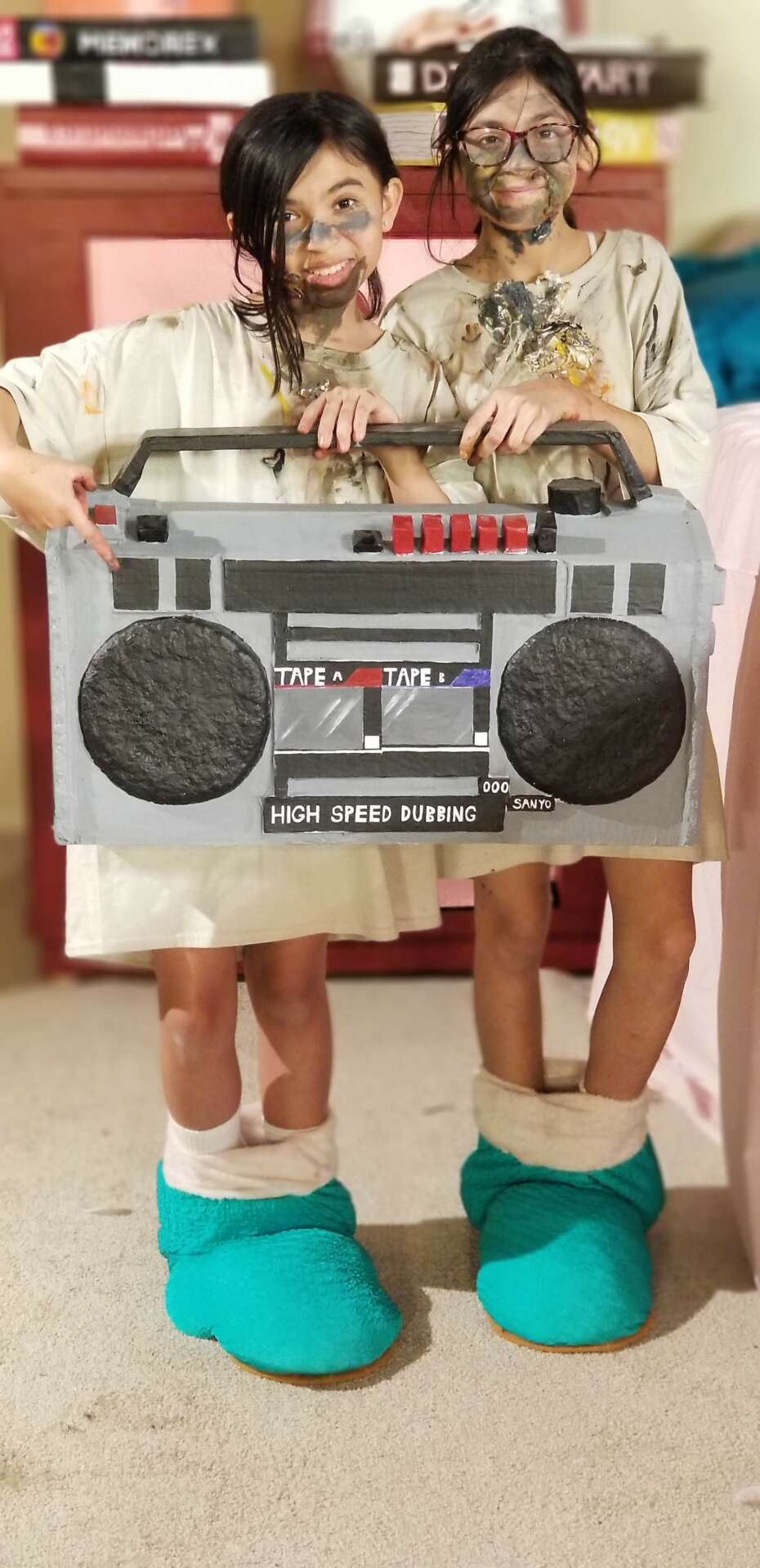
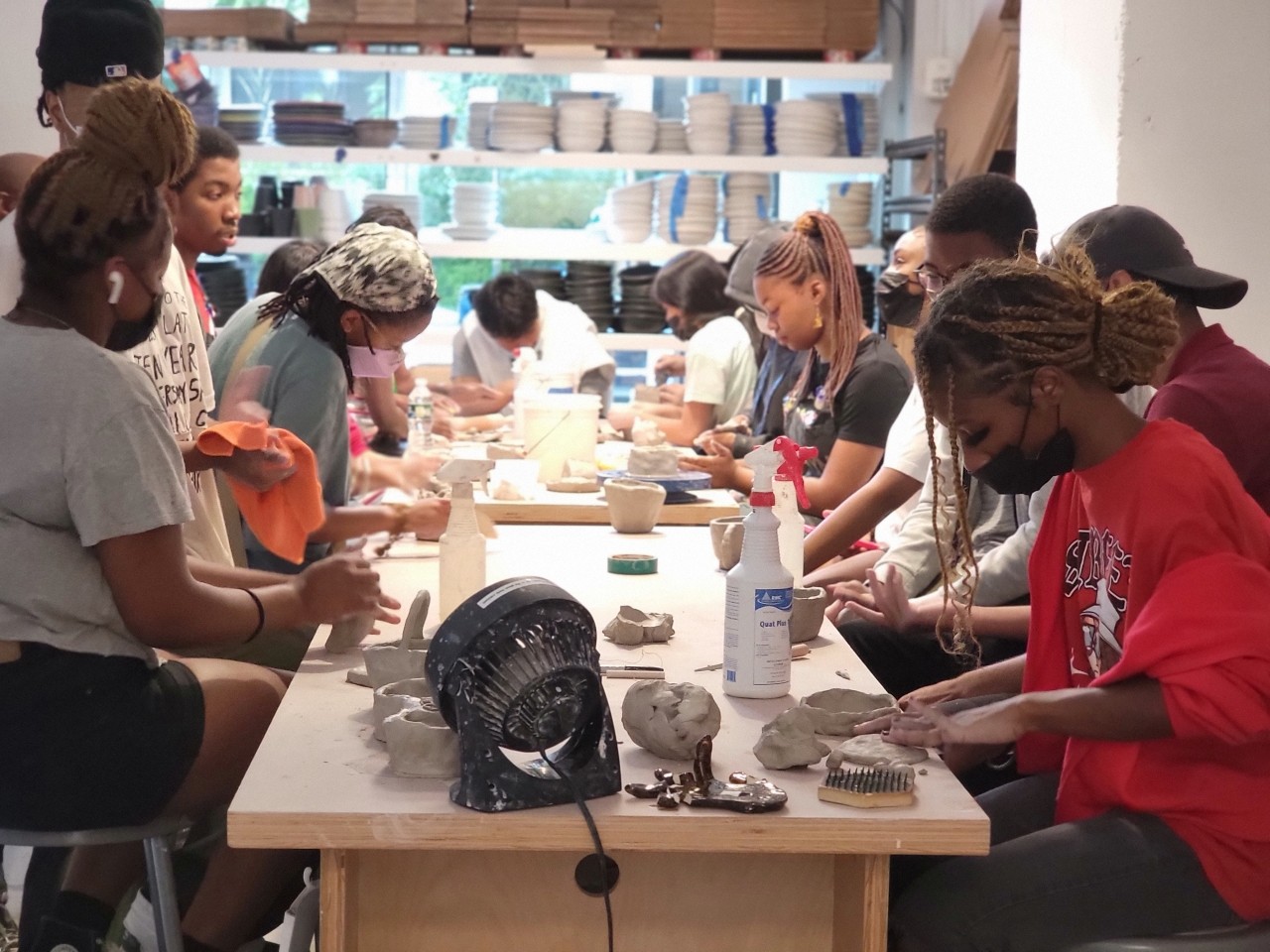
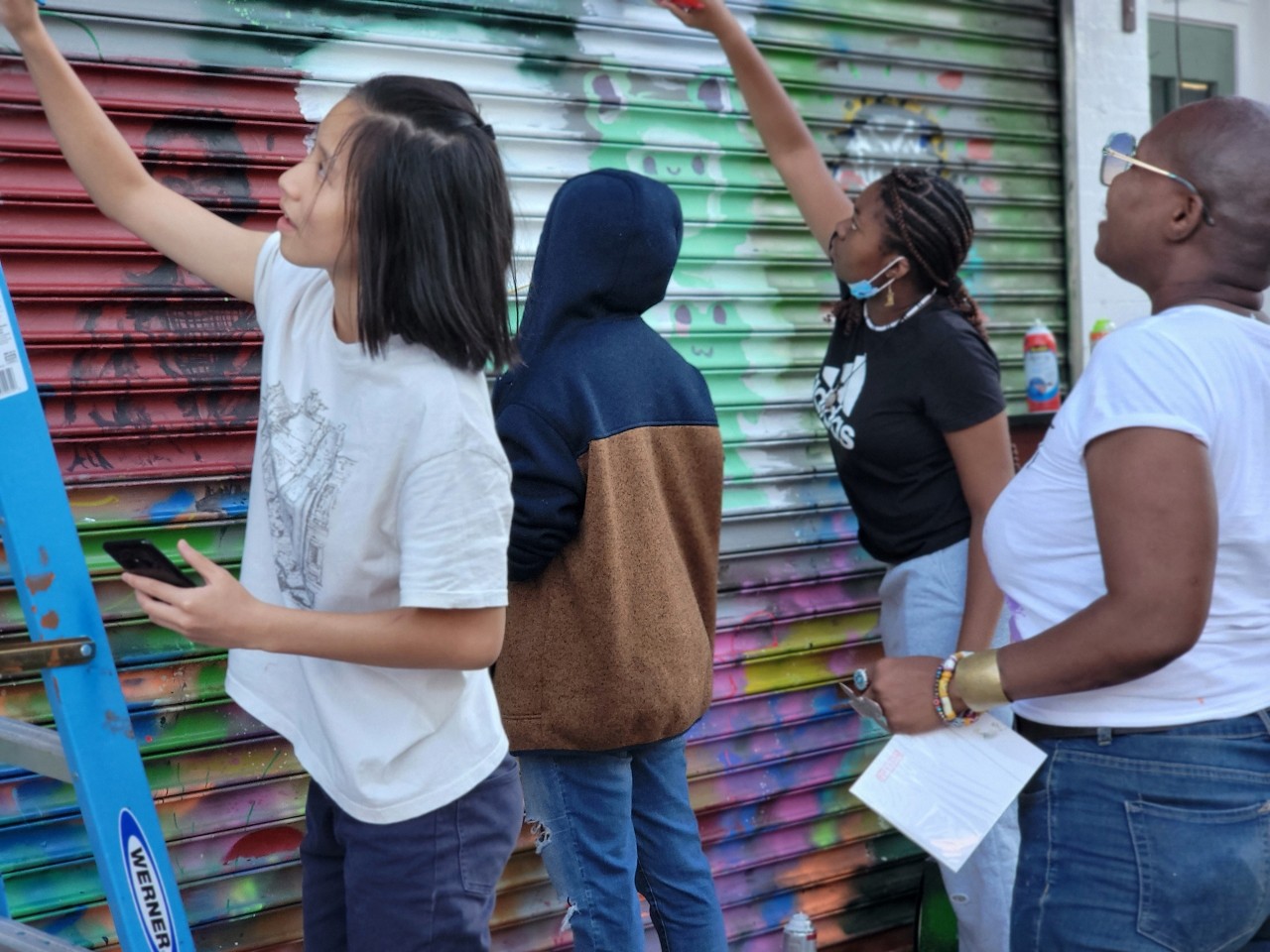
How can we best help foster a strong, supportive environment for artists and creatives?
Artists need space to create. They need access to space outside of their homes and room inside of their homes in order to be able to produce their work. And as we face the sustainable housing crisis in New York City, and in many large cities across the country, artists are feeling the crunch of the lack of affordable housing more than most people.
This need for space to make great art is why many of our arts partnerships revolve around our partner’s ability to help us extend our offerings and the opportunities for the children based on providing them an additional space to create.
For example, RHAP has an amazing partnership with BKLYN CLAY, a private ceramics studio. Our students go to classes there and have become part of the ceramics community in Brooklyn as a result. By having access to space and resources, they can create amazing art. This is especially important for students of color, who often haven’t had the opportunity to participate in a creative art like ceramics, which often excludes people who cannot afford the high cost of having access to such a space. This partnership, and the space it provides, creates a new community for the students where they are able to create their best work because they have the space and they trust their community.
We also partner with Pioneer Works, a large nonprofit that has a large physical footprint as well. Their huge space means that they have space that can be make available to RHAP and that extra space allows us to meet the children where they are at creatively.
In the arts I believe that space = opportunity = success. So these space-based art partnerships open more doors for our students and help them continue to use creativity to succeed in relationship building.
This is why one of the main things I wish I could change in terms of what kind of resources we are looking for for artists, what kind of ecosystems are being built in the creative world, is more sustainable housing, specifically for artists, especially for those artists coming from NYCHA, who don’t have as many resources as they do talent. We need more affordable housing that allows artists to be creative in the space where they live. While we continue building luxury condos, we should also look at ways to build a residential community for artists families so they can do the important work of making their art.
We often hear about learning lessons – but just as important is unlearning lessons. Have you ever had to unlearn a lesson?
Being a young parent, I had my first child at the age of fourteen, I was not able to finish school in a timely fashion because my focus turned to making sure my kids were getting a good education of their own. During that time, and as my children got older, I was told many times that I could not lead an organization because I didn’t have a degree. So, I had to unlearn this misconception that you can’t be a leader and help the people in your community succeed if you haven’t taken the traditional path. And while I did go back and earn my GED, I still faced people questioning my right to have an opinion on the most important aspects of my children’s lives and the lives of the people in my community.
So what I tell the parents and students at RHAP is that people can meet you where you are. You can be successful no matter where you are coming from. Even when the goal is about being involved in their children’s school and vocalizing what they want for their kids’ education, some parents do not use their voice because they lack an education. They tend not to be involved or feel that their voice doesn’t matter. But I make it clear to them that just because they didn’t finish school doesn’t mean they don’t have the right to advocate and lead.
Contact Info:
- Website: https://www.redhookartproject.org/
- Instagram: https://www.instagram.com/p/CjS4MfZuGLX/?igshid=YmMyMTA2M2Y=
Image Credits
Photos: Tiffiney Davis


